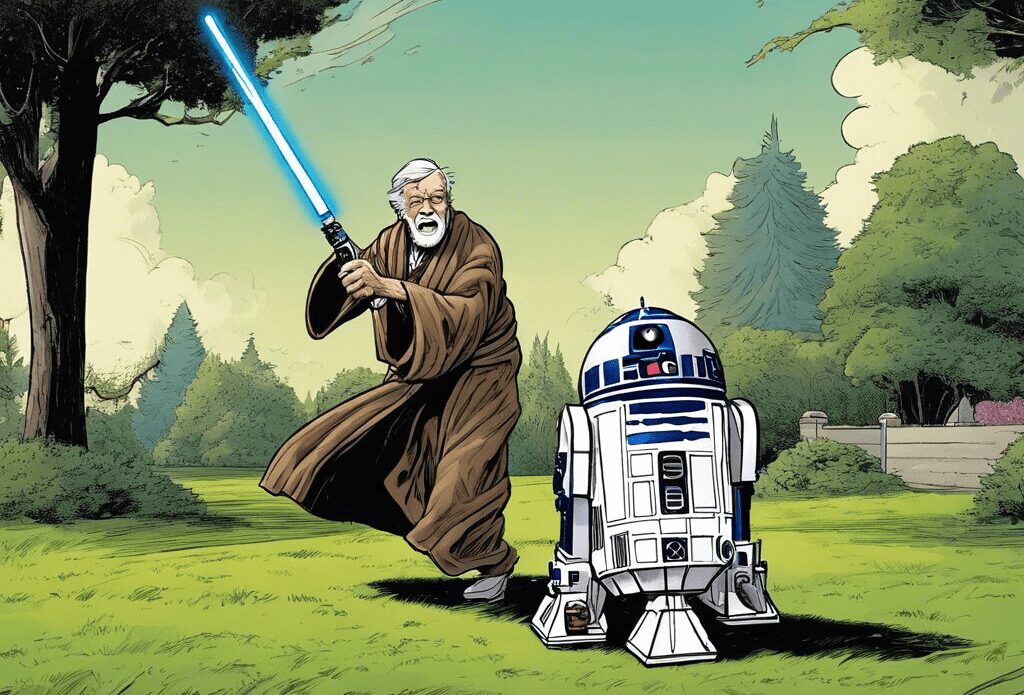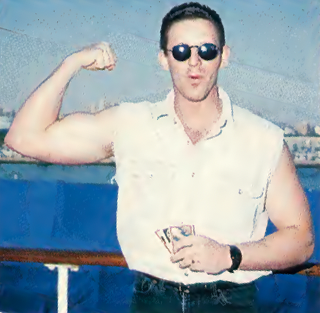Tournaments

The first really large tournament that I went to was roughly 1995 — before the Magic Pro Tour was even a thing. I don’t quite remember what I was playing in terms of a deck. I do remember that there were over two hundred players, and that the event was single elimination. The other major thing I remember is that after a few rounds of wins, I had to play Shawn “The Hammer” Regnier.

Mr. Regnier was an ex-arm wrestler and an imposing figure to sit across the table from. From articles (probably in Scrye Magazine) I knew who he was before sitting down for the match. I was a little nervous to be playing somebody that I had heard about previously and who carried with him the persona of being “The Hammer”. He came to the table, tossed a leather biker style jacket on the back of his chair, and absolutely looked the part of a modern day badass pirate.
In fact he was genuinely friendly and nice during the games, and even cordial after I beat him which was uncharacteristic based on what I had read previously. Maybe he was scared of my enormous 5’8” frame that carried maybe 135 pounds at the time.
I did not win that tournament. Not 100% certain due to the near thirty year memory gap but I got to either the top 32 or top 16 before finally losing.
Competitive card tournaments have changed a ton since then.
Mulligan rules were simple then. Either all resources or no resources meant you could show your first hand and then shuffle and take another draw of a full hand. Now some card games have diminishing returns on mulligans drawing one less card each time and allow you to theoretically take them until you would have a hand of no cards. Star Wars Unlimited at least makes every card a potential resource so that is no longer an issue and you are looking at the opening hand to determine first, second and even third turn plays that are possible.
Swiss pairings were introduced. They meant that round one would only have a single possible person with a bye due to an odd number of players instead of trying to get a single elimination bracket to narrow itself down correctly by having correct power of two matches in the first round. It also meant that nobody would play one match, lose and then be immediately out of the event. Another benefit was that a single bad matchup or draw would not ruin your day.
Tournament software also likely aided in the Swiss pairing formats. The same software now connected to large wall or ceiling mounted flat panel displays show round pairings which is a nice departure from the taped up single piece of paper that required every player to go view.
Those same displays also have timers showing the precious minutes remaining in a round. Which is incredibly valuable to control players so they know how much time they have remaining to require them to stall and for the aggro players lets them know how much time they have to go grab a snack between matches.
Tournament reports both written and via video are now a thing. Pretty much anyone can be a miniature celebrity for a hot minute by winning an event and talking about it in a coherent manner.
People have complained that the FFG software to run tournaments is lacking in ease of use. Add on that the tie breakers and draw rules are currently a bit wonky with the double loses when a match hits the time limit without a clearly determined winner. Even hearing all these complaints both online and in person while at events, I can assure you that the positives in modern tournaments by far outweigh the downsides.
We are in a much better place now. Don’t complain about it. And get off the lawn.